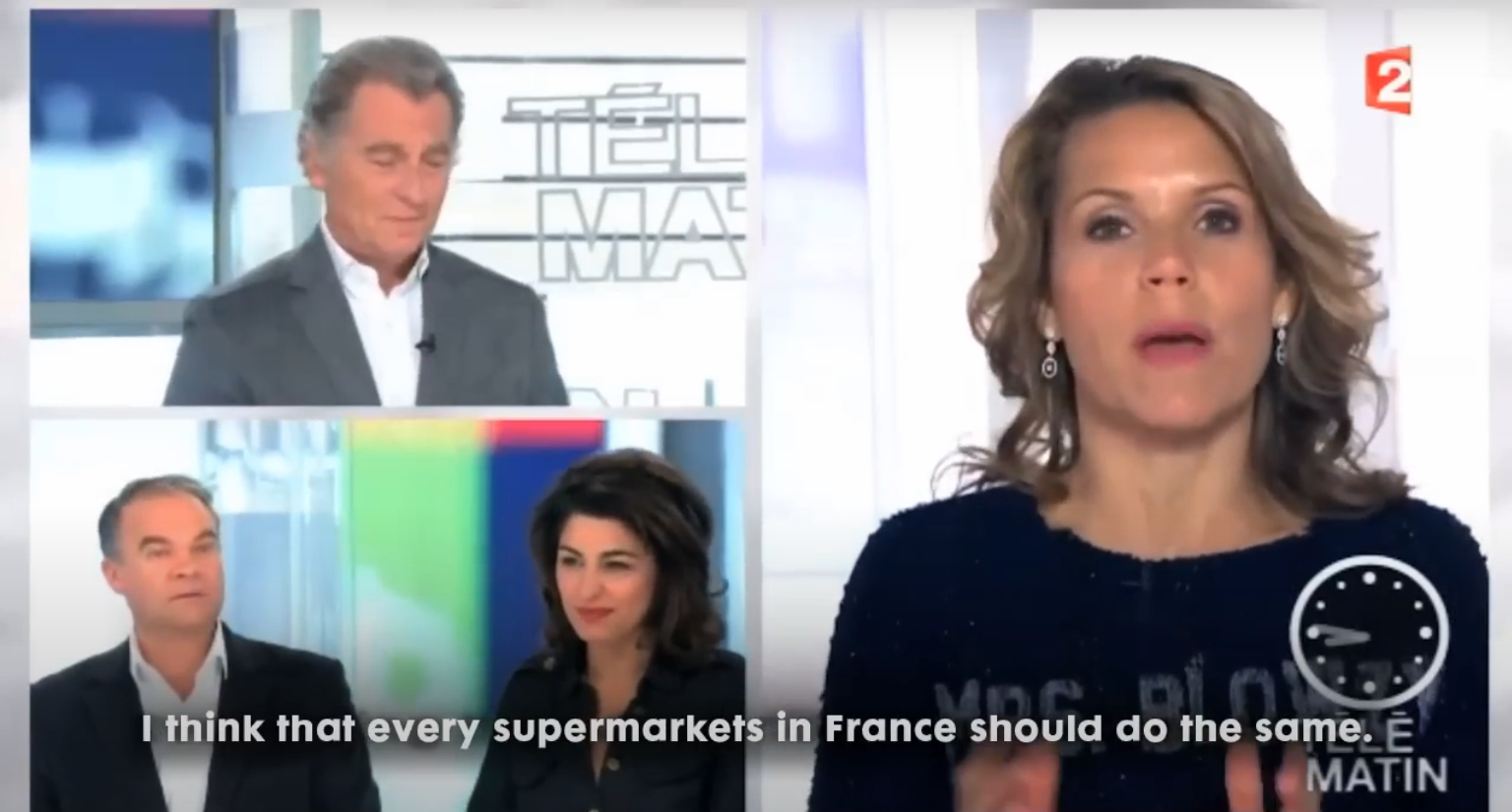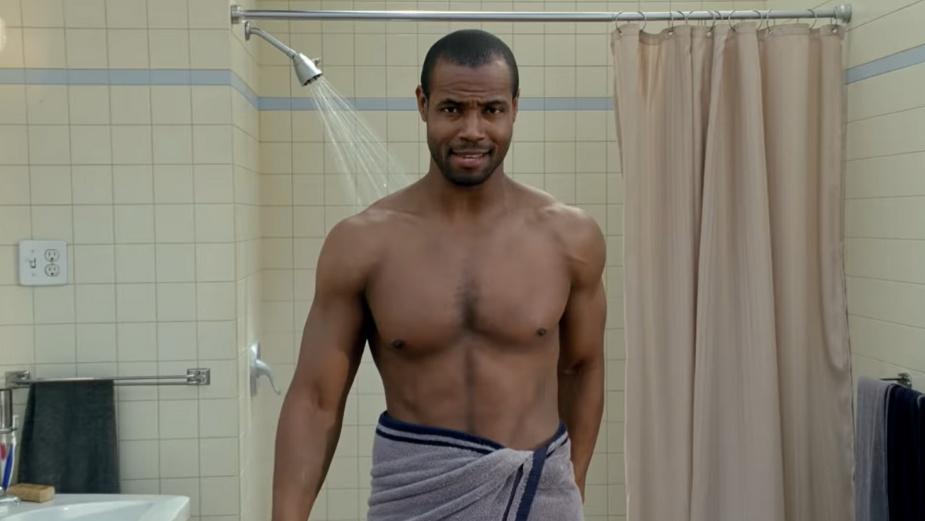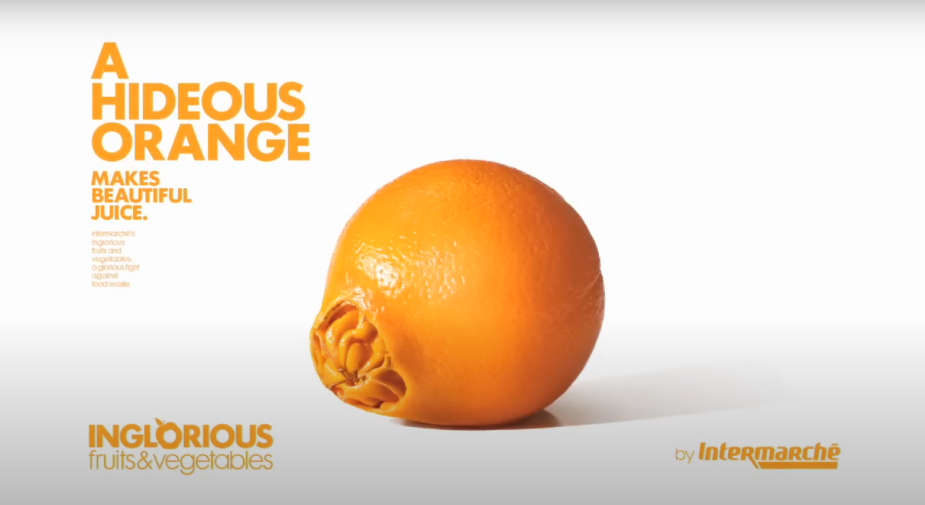
10 Tips to Build an Award-Winning Advertising Case Study

A good case study is like a movie trailer: a teaser that rouses intrigue in what’s to come, highlights the best bits, and compels the audience to pay attention. It can make or break an entry, particularly in today’s climate where many award shows view it before the campaign it accompanies – a poor first impression will quickly jeopardise support amongst jury members.
The best of the best will present the most impressive parts of a creative idea in a nutshell, conveying key information about the concept and craft in concise detail; and when you’re competing against hundreds of others, only the best of the best will stand out. But what does that look like?

To find out, LBB sat down with creative awards consultant, Alex Watson, who’s previously managed awards submissions for the likes of Saatchi & Saatchi and Ogilvy & Mather to advertising award shows across the globe, including Cannes Lions, D&AD, The One Show, Clios, and LIA. With over 20 years of experience, she’s gleaned a pearl of wisdom or two when it comes to cutting through the noise and leaving a lasting, positive impact with your case study. Recent projects include a case study for WeTransfer in collaboration with Brit award-winners Jungle, which helped bring in a Bronze win at The One Show this year.
Read on for Alex’s case study dos and don’ts from conception all the way past execution to enable you to curate your best one yet.
For a history of advertising industry award shows and tips on how to enter, check out ‘The LBB Insider’s Guide To Advertising Awards 2024.’ If you want to learn more about LBB membership in order to enter the Immortal Awards, click here or buy membership here.
1) Consider whether you even need a case study
First off, don’t assume you need a case study at all. Alex points to the enduring success of Guinness ‘Surfer’, all without the help of a case study. “It aired back in 1999 and people are still citing it as a classic TV ad campaign. A 30” film should speak for itself – if the jurors can’t understand what the commercial is about just by viewing it, then it shouldn’t be put forward.”
Keep the case studies for more complex ideas, such as experience activations, direct, media, or, and social influencer campaigns.
2) Start early
If a case study will be necessary, start gathering the assets you’ll need for it right away. “If your creative team has got a really good brief and an amazing idea for it, you need to be thinking about the case study as you’re making the work. If you’re on a shoot, capture behind the scenes footage that can help explain your story,” Alex explains. “It shouldn’t be an afterthought when you’ve got two weeks to the awards deadline and everyone’s running around trying to piece it together. They’re not the ones that go through and win.” A successful case study is one that has been cleverly thought about at the same time as the campaign.

3) Tell the story, but keep it simple
The best case studies can explain a complex idea very simply. Less is more, according to Alex, so keep it clear and concise. Without waffling or overexplaining, tell the story from start to finish, stating exactly what happened: the client brief, challenges, solutions, and outcome. If your idea and its results were good, prove it – but only include the best PR coverage and select stats.
In line with that, try to keep the case study film under a minute and a half. “The main time frame is two minutes, which I think is a really long time – especially for judges who are raking through hundreds and hundreds of entries – and you run the risk of becoming boring with it. The first 20 seconds need to be really exciting and impactful, otherwise some judges will just switch off and won't be engaged at all, so you've already lost a certain percentage of the jury at the beginning. Just keep it really simple and short. Get to the point.”

4) Cater to your category
In today’s proliferation of awards categories, one case study does not fit all – it needs to be tailored to the specific ones you’re entering. The same goes for subcategories, as Alex explains: “Say you’re submitting to two or three different experience and activation subcategories, one could be about culture, one could be about design. You need to tweak your case study film so it explains more the design features for that design category, and for the culture category, it needs to explain a lot more detail about the culture behind it.”
Rather than making several different case study films, you can save on resources by making a master that can then be cut and adapted for each category entered. “If you create a really good master, tweaking shouldn't cost a huge amount afterwards – only two or three more hours of editing time.”
5) Discuss key, relevant challenges – but only if there’s time
Talking about the main challenges you faced when making your campaign can be a great way to highlight the creative problem solving embedded in it, giving backstory about why you approached it the way you did. Still, you need to be selective – and diplomatic – and only do so if there’s time. “If the client was the problem, obviously don’t put that. Lockdown and covid are old news now. But, if there was an earthquake or a hurricane in the middle of the shoot, now that could be interesting,” says Alex.

Which challenges need to be mentioned can also depend on the category you’re submitting to. “It’s definitely a good idea to include financial challenges for something like Cannes Lions’ Breakthrough on a Budget category, where you could mention a strict budget upfront and explain how you got around it.”
6) Present the best data and metrics concisely
“To put it simply, do not blind them with science,” urges Alex. Rather than overwhelming juries with data, she advises choosing three top stats to spotlight in clear terms to avoid waffling – unless you’re entering an effectiveness award, where facts and figures are the focus.
7) Endorsements should come from consumers - avoid client testimonials
Instead of data points, select pieces of your best PR can be used as evidence for success and engagement. “Hearing news readers or celebrities talk about your campaign and seeing examples of consumer interaction on the street or on socials is much more memorable than a bunch of headlines.”
Intermarché’s ‘Inglorious Fruits and Vegetables’ case study stands as an example. In 2014, the European grocery chain decided to tackle food waste by buying up and selling at a reduced price all the fruits and vegetables that weren’t making it to market just for being misshapen. The film showcases exactly how the repackaging of the mutated produce was received by the people who really matter – consumers – by asking shoppers in context, in supermarkets, for their opinions on the initiative, filming time lapses of the items flying off the shelves, and clipping TV news items.

Above: Still from Intermarché’s ‘Inglorious Fruits and Vegetables’ case study
When it comes to presenting such endorsements, steer clear of client testimonials. “It looks a bit client-flattering, and to tell you the truth, it’s a bit cringe. You shouldn't really be back-patting, unless it's done in a very humorous, tongue-in-cheek way; but that could backfire so, really, I wouldn't.”
8) Get creative with the visual and audio experience, and align it with that of the campaign itself
Your case study film should be like a movie trailer for your campaign – an ad for your ad – so you want them to match tonally and visually. Old Spice’s ‘The Man Your Man Could Smell Like’ case study felt upbeat and included funny clips to give a flavour of the commercial itself, and of course, went on to be wildly successful.

Above: Still from Old Spice ‘The Man Your Man Could Smell Like’
Like any good trailer, your case study film needs to really sell your idea to its audience, so make the most of your creative expertise and curate engaging visuals. Alex reminds us, “A lot of awards juries are made up of creative directors who were once art directors and designers themselves, so they will understand the skill and the quality behind the actual visual design of it all. Animation is a great way to engage them.”
For eye-catching aesthetics that align the campaign itself, Intermarché’s ‘Inglorious Fruits and Vegetables’ case study once again springs to mind. The award-winner explains a standout idea simply, with all facts and figures presented in the rainbow colours associated with the product being marketed.

Above: Still from Intermarché’s ‘Inglorious Fruits and Vegetables’ case study
Music and sound are also key tools for setting the tone and pace. One tip from Alex is to make the most of the music from the campaign itself – not only will it tie the two assets together, but you’ve also already paid for its usage.
It may be tempting to use whoever’s available in the office for the voiceover, but Alex advises against it. “Don’t do it because it’s cheap or free; get a properly trained voice over artist. If it's for a charity or not-for-profit organisation, you can often get big names involved for free. For some work I did at Ogilvy for Cancer Research, we were able to secure Bill Nighy for free because he's passionate about the cause.”
9) Get an outsider’s perspective
The whole point of a case study is to be understood in order to be judged fairly by a jury. So, once you’ve drafted your case study, run it by a third party to ensure you’ve given all the information an outsider needs to comprehend it.
Alex touches on her experience with her clients: “Sometimes they’ve worked on a particular project for a year or more, poured their heart and soul into it, and they’re so close to it that they know every single thing about it. So often, when I view it, I'm asking questions that they think are obvious but that haven’t actually been mentioned or explained in the case study. Seeing it with new eyes, from an outsider's perspective who may not have even seen the work or PR around it before, is key for making sure it's doing its job.”

It’s a point that’s becoming increasingly important as global award shows welcome more international jurors. “English isn’t always people’s first language, and there may be finer details or cultural idiosyncrasies like sense of humour that get lost in translation. They need to be conveyed in a simple, understandable way. That's the hardest part of a case study really, trying to explain all of this information in a very short time, very simply.”
10) Demonstrate long-term impact by keeping your case study up to date
You’ve submitted your case study into its first awards show. Finally, the work’s over! Or not.
“Keep updating the results of your campaign to demonstrate long-term impact, especially if you plan to enter effectiveness awards,” says Alex. “The campaign is just the start of the story. With each new awards entry, you should be able to showcase new results. For example, you might produce a case study in spring for Cannes Lions close to the launch of your campaign. When the LIAs and Immortal Awards entries come around in summer, you should revisit your results and note how much they’ve changed so that your case study is still current and relevant. The same goes for when you’re entering that same piece of work into The One Show, Clios, and D&AD in winter.”

Follow these steps next time you stumble upon an award-winning idea in order to create a concise, relevant, thorough case study that engages jury members. If you want to learn more about LBB membership in order to enter the Immortal Awards, click here or buy membership here.
For a history of advertising industry award shows and tips on how to enter, check out ‘The LBB Insider’s Guide To Advertising Awards 2024.’













